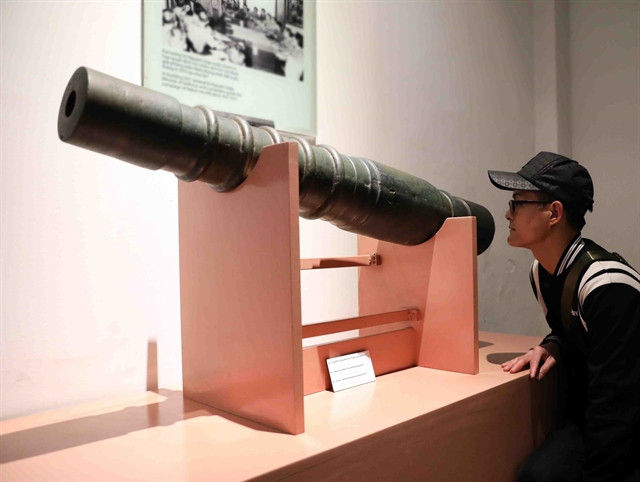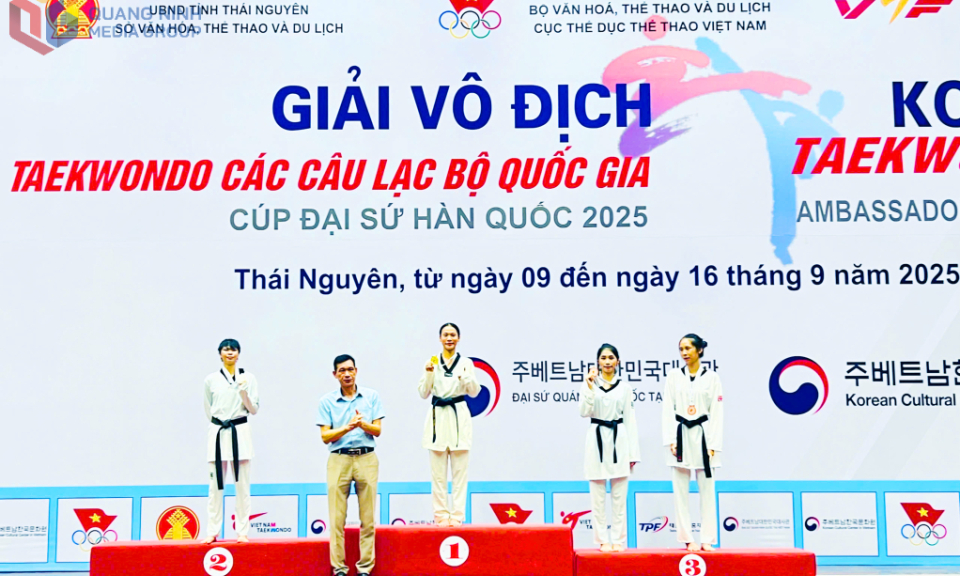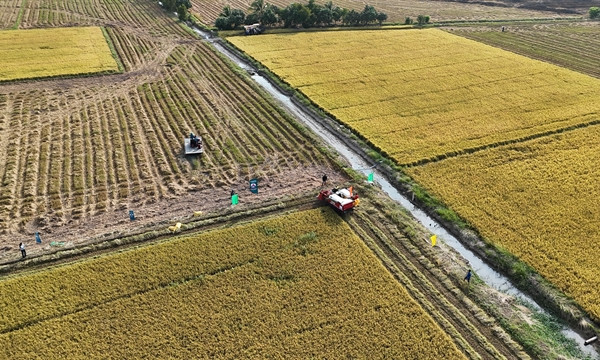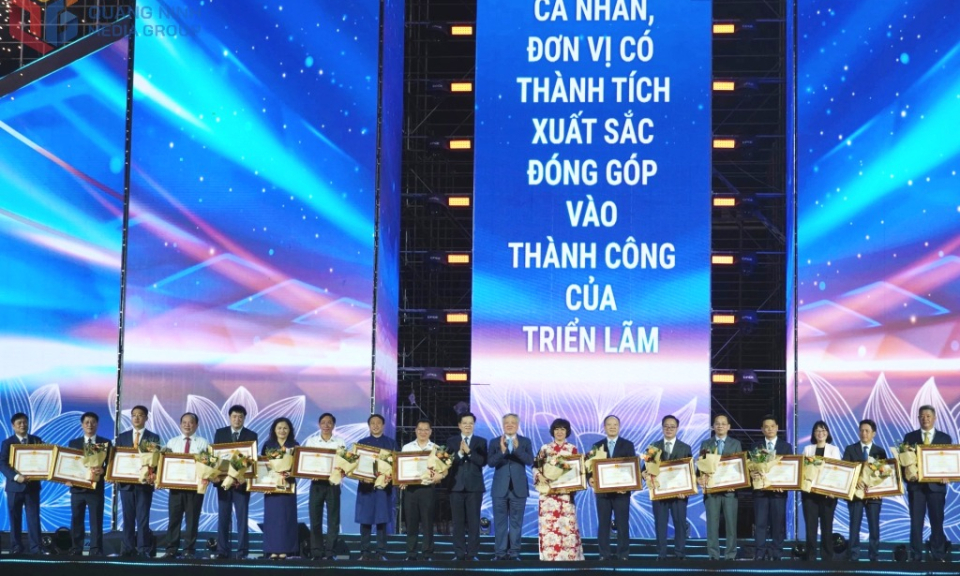Four new national treasures recognised by Deputy PM
The four items, which are now preserved and displayed at Thăng Long – Hà Nội Imperial Citadel, have been recognised as national treasures, along with 23 others. Deputy Prime Minister Trần Hồng Hà has signed the decision for the recognition.
The stone staircase in front of Kính Thiên Palace, the terracotta dragon head statues of the Trần dynasty, the cannon of the Lê Trung Hưng dynasty and the collection of ceramic bowls and plates of the Early Lê dynasty are among Việt Nam’s newly recognised national treasures.
The four items, which are now preserved and displayed at Thăng Long – Hà Nội Imperial Citadel, have been recognised as national treasures, along with 23 others. Deputy Prime Minister Trần Hồng Hà has signed the decision for the recognition.
According to The Complete History of Đại Việt, Kính Thiên Palace started to be built in 1428 under the reign of King Lê Thái Tổ and completed under the reign of King Lê Thánh Tông. It was built on the former foundation of Càn Nguyên - Thiên An Palace under Lý – Trần dynasties in Nùng Mountain.
The only traces of Kính Thiên Palace now are the old foundations and the granite stairs, forming three entrances.
In the front, south of Kính Thiên Palace is the threshold, built with ten stone stair steps; four stone dragons served as rails divided the staircase into three lanes, forming the Royal Threshold.
In the north of the palace, there was another threshold of seven steps, smaller than the main threshold in the south. The two sides of the threshold had two stone dragon stairrails dating Lê Trung Hưng’s time (17th-18th century), and the rails were decorated with symbols of lotus flower, waves, swords, fire and clouds.
The staircase of Kính Thiên Palace are meagre relics of palace architecture under the Lê dynasty that remain to this day.
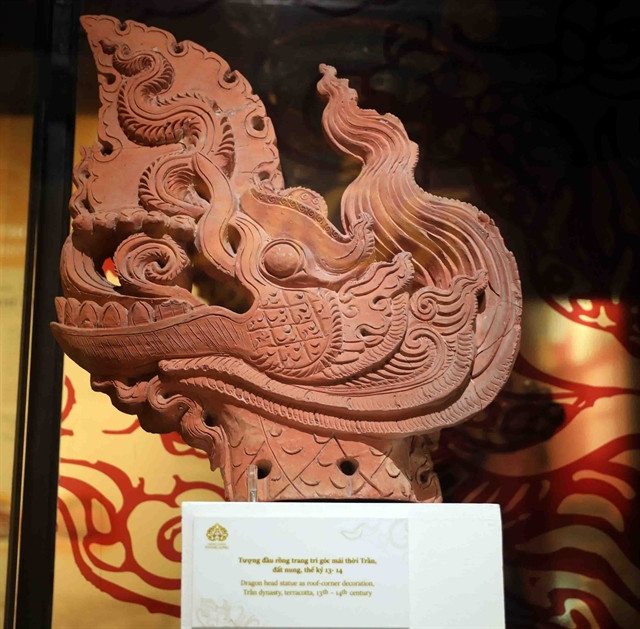
In addition to four new national treasures preserved at the former Thăng Long Imperial Citadel, Hà Nội has two other ancient items - the weapons collection of the Giảng Võ School, dating back to the 15th-18th centuries, and An Dương Vương Bronze Statue crafted in 1897.
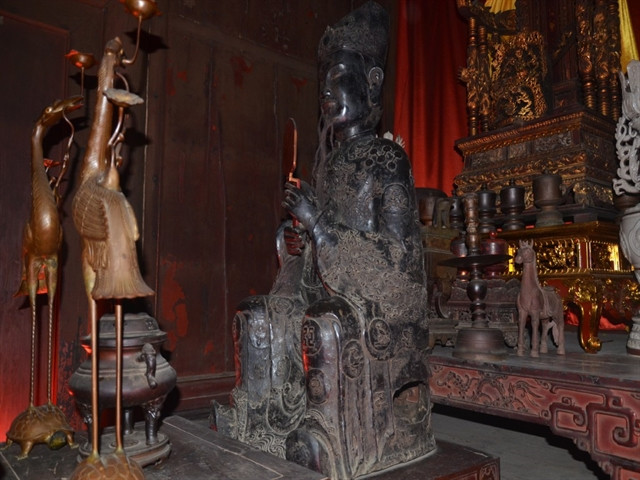
Two artefacts belonging to the private collection of Nguyễn Văn Kinh in Hà Nội have also been recognised as national treasures, including the Kính Hoa II bronze drum (2nd-1st century BC) and the Kính Hoa bronze jar (3rd-2nd century BC).
The National Museum of History has two recognised artefacts - the royal gold book dating to 1796 and the bronze statue of President Hồ Chí Minh cast in 1946.

The An Biên private collection in the northern coastal city of Hải Phòng has four national treasures, including two celadon ceramic plates of the Lý dynasty (11th-12th century), a blue-violet glazed ceramic plate and a blue-flowered ceramic incense burner of the Early Lê dynasty (15th century), and two copper burning incense burners (16th-17th century).
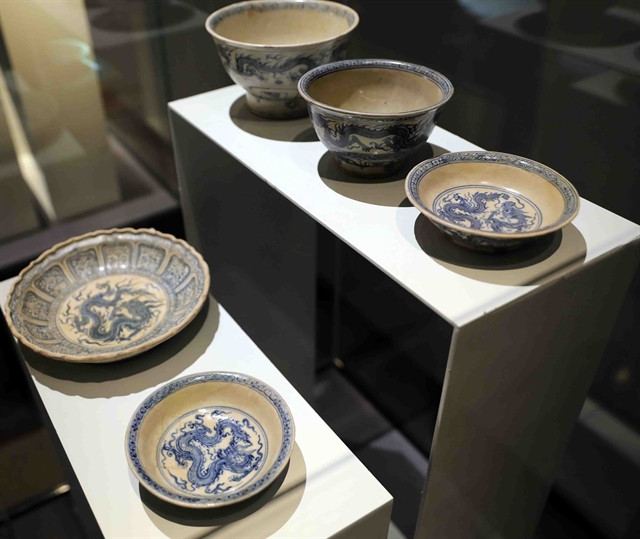
The northern province of Bắc Ninh has three new national treasures: the Đông Sơn bronze jar aged 2,200-2,300 years old, a stone stele of Tĩnh Lự Pagoda carved in 1648 and the Guan Yin statue in Cung Kiệm Pagoda, made in 1449.
Tiên Nội 1 bronze drum dating to Đông Sơn Culture (8th century BC – 1st century AD) and the stone stele of Giàu Pagoda made in 1366 are two new national treasures of the northern province of Hà Nam.
Other newly recognised national treasures include the 3,000-year-old Bình Đa collection of lithophone in Đồng Nai Province, Mukhalinga Ba Thê Statue in An Giang Province, two stone elephant statues of Đồ Bàn Citadel in Bình Định Province, the bell of Rối Pagoda in Hà Tĩnh Province, the terracotta altar of An Xá Temple in Hưng Yên Province, set of Trúc Lâm Tam Tổ statues in Phổ Minh Pagoda in Nam Định Province, Soviet-made T-59 tank No 377 in Kon Tum Province and An Khê ancient stone tool in Gia Lai Province.
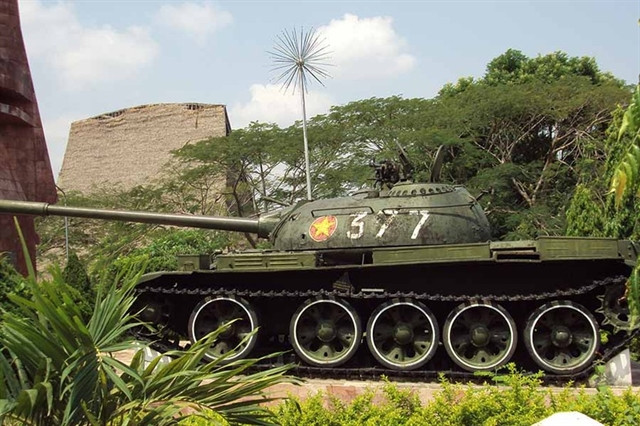
To date, Việt Nam has recognised 264 national treasures. According to the Law on Cultural Heritage, a national treasure is an artefact passed down for previous generations and holds special, rare, and typical values of the country in terms of history, culture and science. Each year, the Prime Minister considers and recognises new national treasures once.
